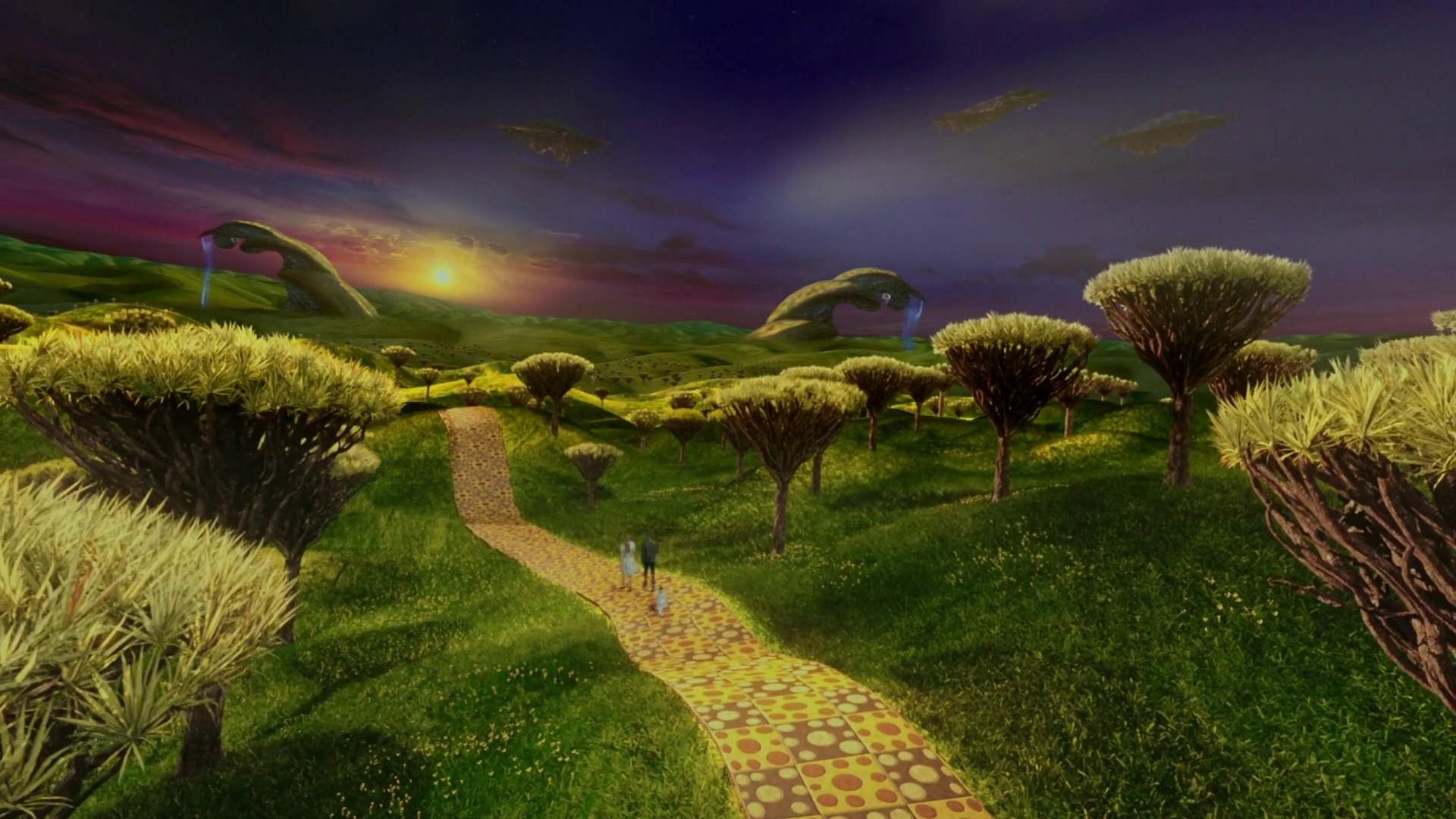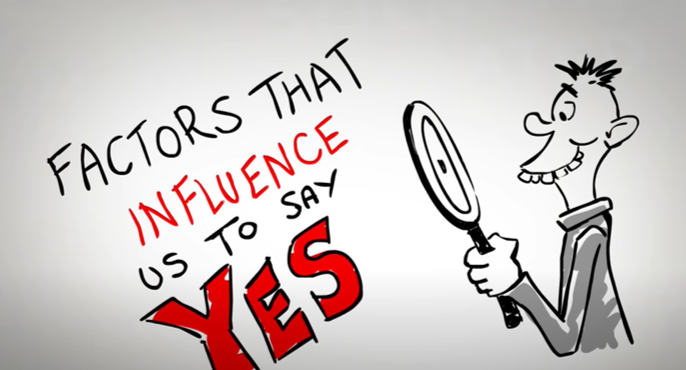Once upon a time …
“Once upon a time” are words repeated in stories since long, long ago.
Stories of happy and sad, that tend to end with “happily ever after”
Often time seems infinite.
The problem is when something is viewed infinite it is typically wasted. We procrastinate, spend it unwisely and even “tomorrow never comes”.
There is something beautiful about time.
A year, be it a calendar year, when one ends in December and another starts in January, or the financial year in many parts of the world ending in June, and new in July, an indication of time as finite. People have good and not so good hours, days, weeks and months, and then they are done, uneditable and the only time we can influence is the future. As time flies children become adults, wrinkles start to grow and hair may thin, buildings crumble, environments deteriorate, the world is ever changing.
Trends come and go, like waves, the tides of our oceans flowing with time. Some things are timeless, like the best of our music, art and cultural fundamentals. And, we connect through family, friends, love, belonging and the search for joy.
Yet, most trends are impermanent, and the challenge is predicting the waves, what will come next, before the waves are too busy, everyone surfing, and the wind has changed and the waves and fads flatten, then disappear. Time is funny like that, just as one rhythm becomes comfortable, tides change never to return.
Every story has a beginning, a middle and end.
Beginning
Unlike finite time measurements, it can be difficult to see the beginning until well past its start. Most are unaware, oblivious to the story’s beginning. The first ‘seeds’ of the Internet go back to the late 1960s, yet most were not jumping on board in any real way until well into the 1990s.
“The first workable prototype of the Internet came in the late 1960s with the creation of ARPANET, or the Advanced Research Projects Agency Network. Originally funded by the U.S. Department of Defense, ARPANET used packet switching to allow multiple computers to communicate on a single network. The technology continued to grow in the 1970s after scientists Robert Kahn and Vinton Cerf developed Transmission Control Protocol and Internet Protocol, or TCP/IP, a communications model that set standards for how data could be transmitted between multiple networks. ARPANET adopted TCP/IP on January 1, 1983, and from there researchers began to assemble the “network of networks” that became the modern Internet. The online world then took on a more recognizable form in 1990, when computer scientist Tim Berners-Lee invented the World Wide Web. While it’s often confused with the Internet itself, the web is actually just the most common means of accessing data online in the form of websites and hyperlinks. The web helped popularize the Internet among the public, and served as a crucial step in developing the vast trove of information that most of us now access on a daily basis.” (More >)
Who invented the internet?
Middle
The ‘middle‘ of a story, trend or fad is likely as difficult to predict. That time when growth is starting to flatten, and may start to slow or more rapidly decline. Theories such as ‘diffusion of innovations‘ explored by Professor Everett Rogers in his book Diffusion of Innovations (first published in 1962, and now in its fifth edition 2003 – read here!), discuss the stages of change. Failed diffusion refers to an innovation that does not reach or approach 100% adoption due to its weaknesses, competition from others , or simply a lack of awareness. The start, middle and end, closer than hoped.

End
Similarly, the end might seem like a distance well into infinity, a never ending story. Human nature is like that. Now is viewed as the norm, and likely to never end, or at least we often hope, the future will be as it is today, which is almost always inaccurate. The global juggernauts of today will likely be at their end, surpassed, even dead or close to on some tomorrow.
Apple, Google (Alphabet), Microsoft, Amazon and Facebook are stronger globally and financially than businesses that have come before, yet it is inevitable and almost predictable, that some time in the near or distant future they will be deemed irrelevant or even dead, at their end. It may be hard to believe, as we gasp in awe at their financial goliathness, yet sooner or later their size, legalities, ethics, ego, or being conquered by a more agile and relevant will be their end (Watch more on Malcolm Gladwell’s take on David and Goliath here).

There is a comfortable complacency with today, and an awkward relationship with the uncertainty of tomorrow. Our businesses, environment, friends and loved ones of today are expected tomorrow.
We’ve all had a loved one or family pet, ill and when death is eminent, but giving up hope is just not an option, nor worth considering, but you deep down know it is inevitable. Or, a once successful business, TV series, professional or sporting career that is hanging on way too long, rather than ending on a high note, they extend their story way too long, an encore season that no one ever asked for, when it all just looks really sad. Most could see the end was well past for video libraries to our once favourite TV series, musician, product or service. The end is often embarrassingly sad.
Yet, a story isn’t so simple. If every story ended when people said ‘STOP!’ or warning signs said ‘DANGER!’, likely many of our innovations, and other interesting stories would never be lived. A compelling story has an unexpected beginning, middle and end. A story with ebb and flow, swings and roundabouts, joy and triumph, with near death experiences conquered by the last breath, a desperate struggle for life that actually worked – PHEW! The mistakes we make and successes that may follow make the most compelling story beginnings, middles and ends.
The lessons we learn in the middle, helps to build into happy ever after.

Stories of big and small businesses, government, the community and individuals intertwine, as do the stories of one generation and the next. Businesses and government evolve and innovate through learning from others and observing the community, its pain points and opportunities. The community changes as social norms, rules, laws and values evolve.
One generation typically blames the last for the reckless story they lived. Recklessly wasting time, and the negative financial, social, political, environmental and other ramifications on the stories of today. Wisdom is always strong in hindsight. The mistakes made and lessons learnt, become so clear as the story unfolds. We can wisely use our time for a better future.
Yet, human nature is somewhat selfish typically.
What is MY story? Life is perpetually perceived as getting more difficult to survive and prosper, one generation to the next. So, for many the only way to survive and live the best story they can, is to be a bit selfish, to not learn from the past or think of the future. While in many ways people believe that time is infinite and that the days, weeks, months and years will go on forever, same as today, same as always, they do fear the future.
Sadly, one of our biggest challenges in life is to ensure people live a good story today, but adequately plan for the future for …
- themselves – our financial, mental and physical health catches up when we are older; yet more importantly we plan for the
- future of others – the environment, values and behaviours.
We are responsible for spending time wisely, and building a better tomorrow. To live our time as it is finite, like each year has a beginning, middle and end. And, even that for which we take for granted, it will sooner or later be gone.
“Once upon a time“ is a line often used in stories, often as a reference to a time, long, long ago, that that existed in the past, but no longer. A time likely much better than we have now. Such stories typically end with “and they all lived happily ever after” (which was originally “happily until their deaths” – but nowadays we often don’t like to see time finitely).
And, so the circle repeats, each generation blames the one(s) before.
Please have a great story over the year ahead. Spend your time wisely.
…
“Come gather ’round, people wherever you roam. And, admit that the waters around you have grown. And, accept it that soon you’ll be drenched to the bone. If your time to you is worth savin’. And, you better start swimmin’ or you’ll sink like a stone. For the times they are a-changin'”
Bob Dylan 1964
View these cool interactive visuals …
NASA Global Climate Change – Vital Signs of the Planet


https://visme.co/blog/climate-change-facts/

https://visme.co/blog/climate-change-facts/




